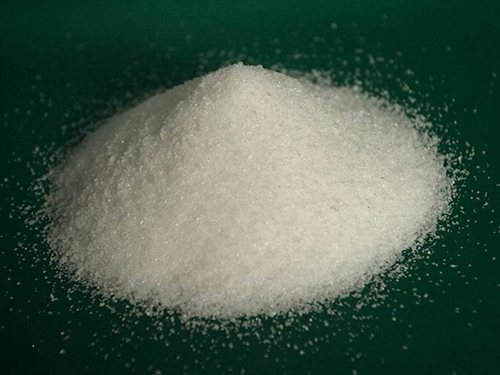poly aluminium chloride for water treatment
Poly Aluminium Chloride for Water Treatment An Overview
Water treatment is a critical process in ensuring the availability of clean and safe drinking water. Various chemical coagulants are employed in water treatment facilities to remove impurities, contaminants, and suspended particles from water. Among these, poly aluminium chloride (PAC) has gained significant attention due to its effectiveness and versatility. This article explores the properties, benefits, and applications of poly aluminium chloride in water treatment.
What is Poly Aluminium Chloride?
Poly aluminium chloride, often abbreviated as PAC, is a chemical compound composed of aluminium, chlorine, and oxygen. It is synthesized by reacting aluminium hydroxide or aluminium oxide with hydrochloric acid. PAC appears as a white to yellowish powder or as a solution and is highly soluble in water. Its formulation can vary, resulting in different grades of PAC, which can be tailored to specific water treatment needs.
Mechanism of Action
The primary function of PAC in water treatment is as a coagulant. Coagulation is the process through which fine particles in water aggregate to form larger flocs, which can then be removed through sedimentation or filtration. PAC operates effectively across a wide pH range, which enhances its adaptability for various water types.
When added to water, PAC dissociates to release aluminium ions, which neutralize the negative charges of suspended particles. This neutralization promotes the agglomeration of these particles into larger clusters, enabling their subsequent removal. Additionally, PAC improves turbidity removal rates and promotes rapid floc formation, leading to efficient treatment processes.
Benefits of Using PAC
1. Enhanced Efficiency PAC exhibits superior coagulant properties compared to traditional coagulants like alum. It requires lower doses to achieve similar or better levels of impurity removal, which can lead to cost savings in chemical usage.
poly aluminium chloride for water treatment

2. Versatility PAC is effective in various types of water, including surface water, groundwater, and industrial effluents. Its performance is consistent across different pH levels, making it suitable for diverse treatment applications.
3. Lower Residual Aluminate The use of PAC results in lower residual aluminium levels in treated water compared to conventional coagulants. This minimizes the health concerns associated with aluminium exposure, ensuring safer drinking water.
4. Rapid Settling The flocs formed with PAC tend to settle more quickly than those formed with other coagulants. This leads to shorter treatment times and can improve the overall efficiency of the water treatment process.
5. Reduced Sludge Production PAC typically results in less sludge production compared to alum. This reduction in sludge not only enhances processing efficiency but also decreases the costs associated with sludge handling and disposal.
Applications of PAC in Water Treatment
PAC is extensively used in municipal water treatment plants, industrial wastewater treatment, and water reclamation processes. In municipal settings, it is commonly applied in the clarification process to remove turbidity, color, and microorganisms. In industrial applications, PAC helps treat wastewater from various sectors, including food and beverage, pharmaceuticals, and textiles.
Furthermore, PAC is valuable in treating stormwater and surface water, reducing pollutants and ensuring compliance with environmental regulations. Its effectiveness in handling challenging water conditions makes PAC a preferred choice for water treatment operators worldwide.
Conclusion
Poly aluminium chloride has emerged as a vital player in the water treatment industry, offering numerous advantages over traditional coagulants. Its effective coagulation properties, cost efficiency, and versatility in handling various water types have made it an essential component in ensuring safe drinking water and protecting public health. As global water treatment needs evolve, PAC will continue to play a significant role in facilitating cleaner and safer water for communities and industries alike. The ongoing research into its formulations and applications promises to further enhance its efficacy, ensuring that water treatment remains effective in addressing contemporary challenges.
-
Water Treatment with Flocculant Water TreatmentNewsJun.12,2025
-
Polymaleic AnhydrideNewsJun.12,2025
-
Polyaspartic AcidNewsJun.12,2025
-
Enhance Industrial Processes with IsothiazolinonesNewsJun.12,2025
-
Enhance Industrial Processes with PBTCA SolutionsNewsJun.12,2025
-
Dodecyldimethylbenzylammonium Chloride SolutionsNewsJun.12,2025





